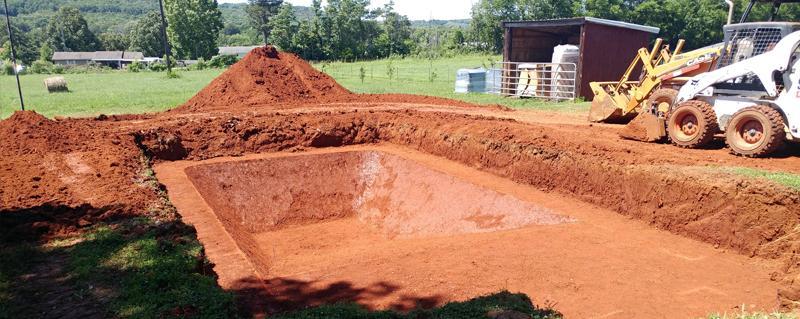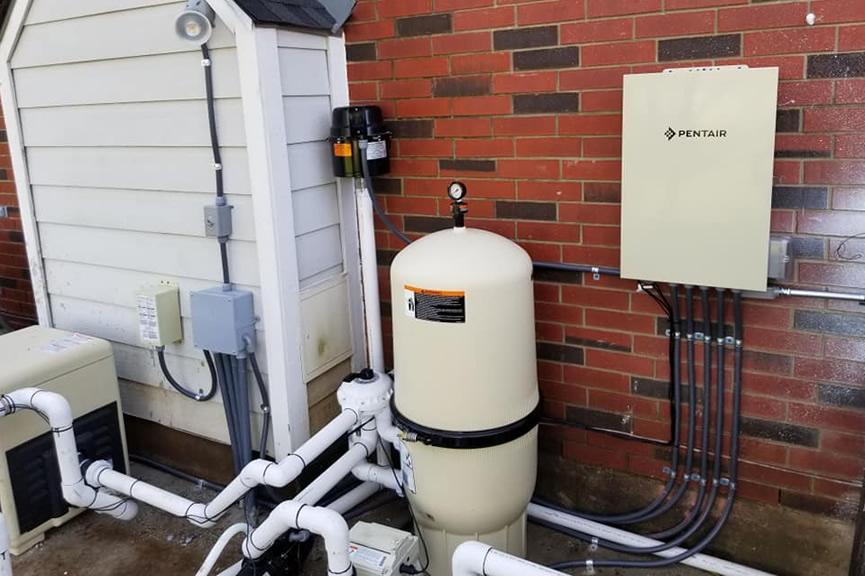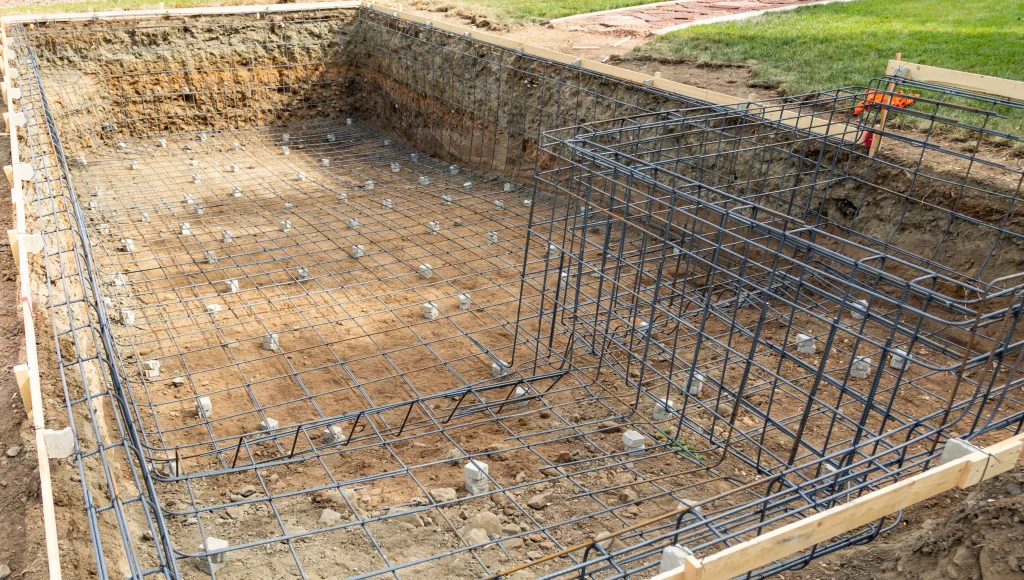As a pool builder, you know that building a pool is no small task. From the initial design to the final inspection, there are many stages involved in the construction process. And with so many moving parts, it’s easy for things to fall through the cracks.
That’s where construction management software comes in. By using the right software, pool builders can streamline their processes, ensure project success, and improve client satisfaction.
Stage 1: Design and Planning
The first stage of building a pool is the design and planning phase. During this stage, the client’s needs and preferences are discussed, and the builder creates a design that meets their requirements. This stage can take several weeks or even months, depending on the complexity of the project.
With construction management software, pool builders can create detailed designs, visualize 3D models, and make changes in real-time. This helps builders communicate more effectively with clients and ensures that the final product meets their expectations.

The construction process can change depending on what type of pool you decide to go with.
The most common types of pools include concrete, vinyl-lined, and fiberglass. Concrete pools are the most popular and durable type of pool, offering a custom design that can fit any size or shape. Vinyl-lined pools are more affordable than concrete and offer a variety of design options, but they require replacement of the liner every 10 years. Fiberglass pools are pre-built and come in a range of sizes and designs, making them a quick and easy installation option, but they are less customizable than concrete or vinyl-lined pools.
Stage 2: Permits and Approvals
Before construction can begin, permits and approvals must be obtained from the local government.

This process can be time-consuming, and failure to obtain the necessary permits can result in costly delays.
Construction management software can help pool builders keep track of the permit process, including submission deadlines and approval status. This ensures that the necessary permits are obtained in a timely manner, preventing delays and ensuring project success.
Stage 3: Excavation and Construction
Once the design is finalized and the necessary permits are obtained, the construction phase can begin. This is where the bulk of the work will take place, and it’s important that everything is done correctly to ensure the pool is safe and functional.
First, the pool builders will excavate the area where the pool will be located. This involves removing dirt and debris to create a hole that is the correct size and shape for the pool.

The builders will then add a layer of sand to the bottom of the hole to create a smooth and level surface.
Next, the pool’s plumbing and electrical systems will be installed. This includes laying pipes for water circulation and filtration, and running electrical wires for lights and other pool features. This is a crucial step that must be done correctly to ensure the pool operates safely and efficiently.

Once the plumbing and electrical work is complete, the pool builders will begin to install the pool’s structure. This typically involves using steel rebar to create a framework for the pool, which is then covered with a layer of gunite or shotcrete. This material is applied using a high-pressure hose, which creates a strong and durable shell for the pool.


After the gunite or shotcrete has been applied, the pool builders will finish the pool’s surface with a layer of plaster or other material.
This is the final step in creating the pool’s structure, and it’s important that it is done correctly to ensure the pool is both safe and aesthetically pleasing.
Finally, the pool builders will install any additional features or accessories, such as a pool deck, fencing, or water features. This is also the time when the pool will be filled with water and tested to ensure everything is working correctly.

Overall, the construction stage typically takes several weeks to complete, depending on the size and complexity of the pool. It’s important to work closely with your pool builders during this stage to ensure everything is done correctly and to your satisfaction. By using construction management software, pool builders can stay on top of each step in the construction process and ensure that the project is completed on time and within budget.
Stage 4: Final Inspection and Completion

Once construction is complete, a final inspection is conducted to ensure that the pool meets all safety and building codes. This stage also includes the installation of pool equipment, such as pumps and filters, and the final touches, such as landscaping.
Construction management software can help pool builders ensure that the final inspection goes smoothly. By using software to track and document all construction and installation work, builders can easily demonstrate that the pool meets all safety and building codes. This can help prevent costly delays and ensure client satisfaction.
Leveraging CMS + Next Steps
Building a pool is a complex project that requires careful planning, coordination, and execution. By using construction management software, pool builders can streamline their processes, ensure project success, and improve client satisfaction. From the initial design to the final inspection, software can help pool builders manage every stage of the construction process, making it easier to build a beautiful, functional, and safe pool for their clients.
Using construction management software can be a game-changer for pool contractors, as it allows for an efficient and organized process from start to finish. By utilizing a software system, pool builders can easily manage project timelines, budgets, and all communication with the client. This helps to ensure that everyone involved in the project is on the same page every step of the way. By providing a streamlined process for the contractor, clients can have peace of mind knowing that their project is in good hands and that their vision will be executed efficiently and effectively. Additionally, the use of software can help reduce errors and miscommunication, ultimately resulting in a better overall experience for everyone involved in the project.







